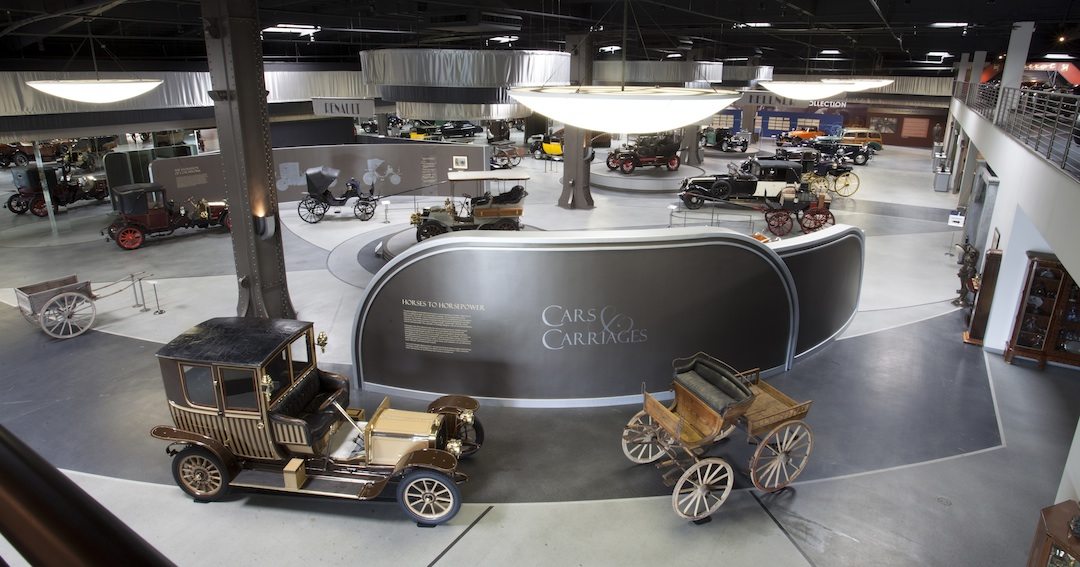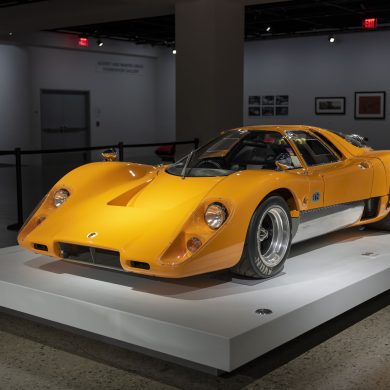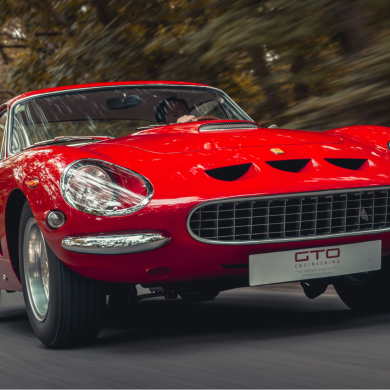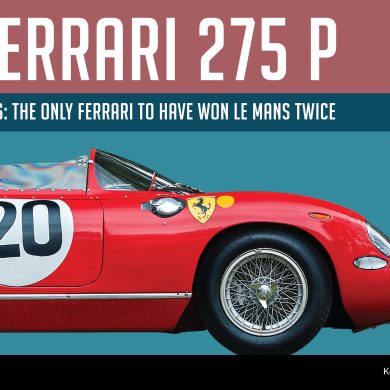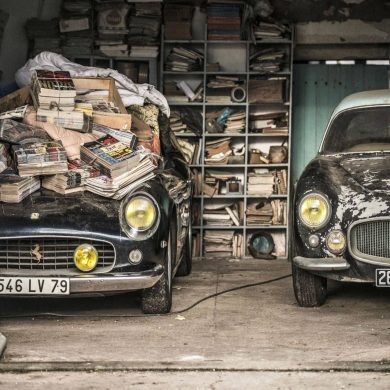The celebration of French culture continues at the Mullin Automotive Museum in Oxnard, California, with displays of the finest examples of transportation from the end of the horse-drawn era and dawn of the automotive age. Carriages and early motorcars from France’s prominent coachbuilders will be shown in the main Mullin gallery using examples curated from the museum’s own collection.
“We are excited to offer our guests the opportunity to see these wonderful hand-built pieces of rolling sculpture in person,” said museum founder Peter Mullin. “The Belle Époque was a period of Western European history that lasted from the 1870s until the outbreak of World War I, and it translates to ‘Beautiful Era.’ It was characterized by technological, scientific and cultural innovations in France, and the arts and sciences flourished. These vehicles are really sculptural art, and we are proud to exhibit some of the jewels of that wonderful era.”
Eight unique, hand-built horse-drawn carriages are on display, ranging from late 19th century examples from L’Renault, Kellner and Labourdette, to estate carts, carriages and gigs built by Bugatti as late as the 1930s. One standout is a pale yellow carriage designed by Ettore Bugatti himself. A lifelong equestrian, Bugatti kept a well-equipped stable at his factory in Molsheim, France, and while this particular example went into hiding during WWII to keep it safe, it stayed in the Bugatti family until 1983.
The automobile portion of the exhibit features nine beautiful examples of early French automobiles from manufacturers such as Bugatti, Hispano-Suiza, Renault, Panhard and Levassor, Sunbeam-Talbot-Darracq and more — many of them concours award winners. Other era artifacts on display include Louis Vuitton luggage, tools from the time, leather driving apparel and period catalogs and literature. For more information please visit mullinautomotivemuseum.com


